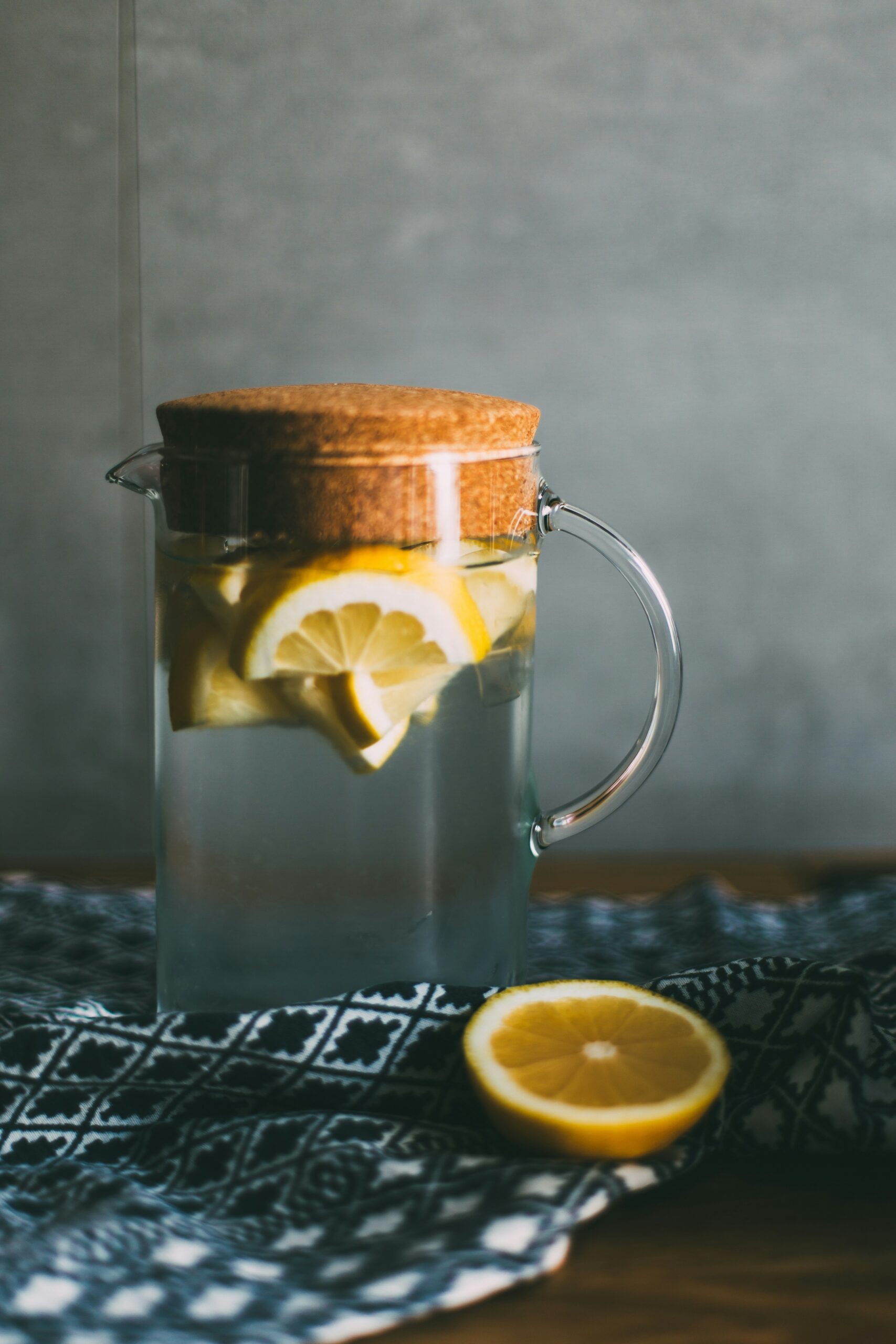

Introduction to the importance of water and hydration
Water is the elixir of life, yet many of us underestimate its power. We often rush through our busy days without giving a second thought to how much we’re drinking. Staying hydrated isn’t just about quenching your thirst; it’s essential for your overall health and well-being. From boosting energy levels to enhancing mental clarity, proper hydration plays a crucial role in every aspect of our lives.
So why does water matter so much? Think about it—our bodies are composed of around 60% water. Every cell, tissue, and organ relies on this precious resource to function optimally. Yet despite its importance, many struggle to meet their daily hydration needs.
In this blog post, we’ll dive into the recommended daily intake for adults and explore signs that you might be falling short on hydration. Plus, we’ll share some clever hacks to help you drink more water throughout the day—and even highlight other tasty sources that can keep you hydrated! Let’s embark on this journey toward better hydration together.
The recommended daily water intake for adults
The recommended daily water intake for adults varies based on several factors, including age, sex, and activity level. Generally, experts suggest around 3.7 liters for men and about 2.7 liters for women.
These amounts include all fluids consumed throughout the day—not just plain water. It’s essential to listen to your body as well; thirst is a natural indicator that you need hydration.
Keep in mind that hot weather or intense exercise may increase your fluid needs considerably. Staying mindful of these changes can help you maintain optimal hydration levels.
It’s important not to stress too much over exact measurements but rather focus on consistent intake throughout the day. A good goal is to sip regularly rather than waiting until you’re thirsty—this way, you’ll keep dehydration at bay without even thinking about it!
Signs of dehydration and its consequences
Dehydration can sneak up on you, often without warning. One of the first signs to watch for is thirst. If your mouth feels dry or parched, it may be time to hydrate.
Fatigue is another common indicator. When you’re low on fluids, energy levels plummet, making even simple tasks feel daunting.
Look out for changes in urine color as well. Dark yellow urine typically signals dehydration, while pale straw indicates proper hydration.
Headaches and dizziness are also red flags. Insufficient water intake can lead to discomfort that affects focus and productivity.
In severe cases, dehydration can impair bodily functions and lead to more serious health issues like kidney stones or urinary tract infections.
Being aware of these signals helps you take action before the situation worsens. Your body will thank you when you choose to prioritize hydration regularly.
Hydration hacks: tips and tricks to increase water intake
Making hydration fun can be a game-changer. Try infusing your water with fruits like berries, oranges, or cucumbers. This adds flavor without extra calories.
Keeping a stylish reusable bottle nearby is another great trick. The more visible it is, the more likely you’ll reach for it throughout the day.
Set reminders on your phone to drink water regularly. Even simple alarms can help establish this healthy habit.
Try drinking a glass of water before each meal. It not only boosts hydration but may also aid digestion.
Experiment with herbal teas as an alternative to plain water. They’re hydrating and come in endless flavors that can brighten up your routine.
Track your intake using apps or journals to stay accountable and motivated on your hydration journey.
Other sources of hydration besides water
Water isn’t the only way to stay hydrated. Many foods pack a hydration punch, making them excellent choices for your daily intake.
Fruits like watermelon, oranges, and strawberries contain high water content. They’re refreshing snacks that help quench thirst while providing essential nutrients.
Vegetables are equally beneficial. Cucumbers, lettuce, and celery can add significant moisture to your diet without extra calories.
Herbal teas offer another alternative. These warm beverages not only hydrate but also come with various health benefits depending on the herbs used.
Broths and soups are savory options too. They provide hydration along with flavors and nutrients you might crave during a chilly day.
Even smoothies or yogurt can contribute to your fluid needs. Blending fruits with liquids creates delicious ways to increase water consumption while enjoying a treat!
Conclusion: make hydration a priority for overall health and well-being
Making hydration a priority can significantly impact your overall health and well-being. Water is essential for nearly every bodily function, from regulating temperature to aiding digestion. When you stay properly hydrated, you’re not only enhancing your physical performance but also boosting your mental clarity and mood.
Incorporating small changes into your daily routine can help ensure that you’re drinking enough water. Whether it’s carrying a reusable water bottle or infusing your drinks with fruits and herbs, these simple adjustments make a big difference over time.
Remember that hydration goes beyond just drinking plain water. Foods like fruits and vegetables are excellent sources of moisture that contribute to your fluid intake as well.
Take the steps necessary to prioritize hydration in your life. Listen to your body’s signals and make sure you’re giving it what it needs to thrive each day. A little awareness can go a long way toward achieving optimal health through proper hydration habits.
